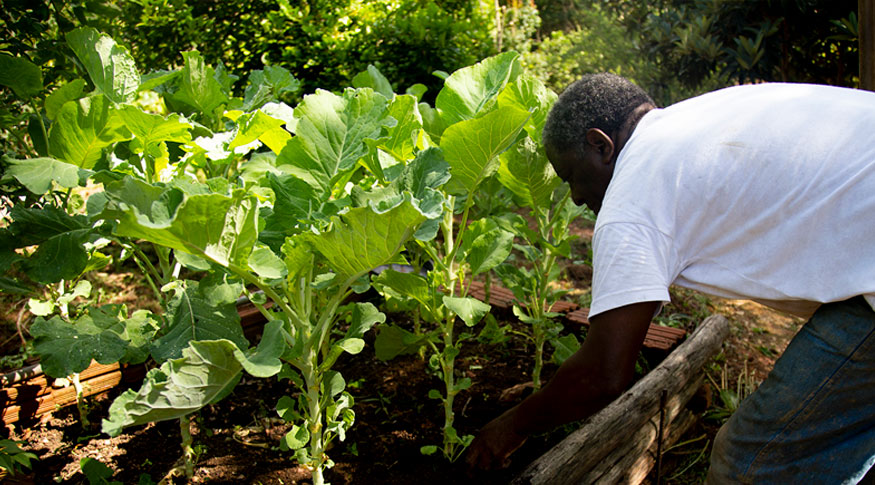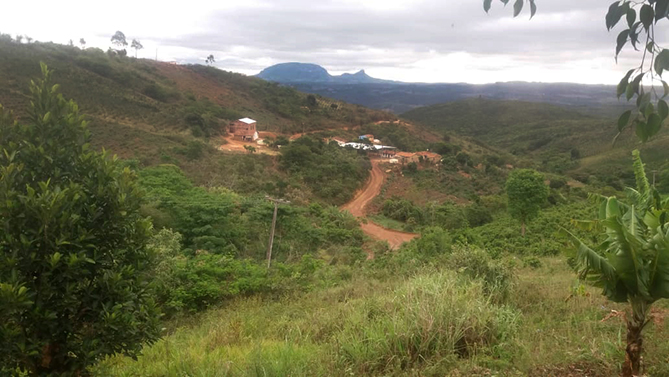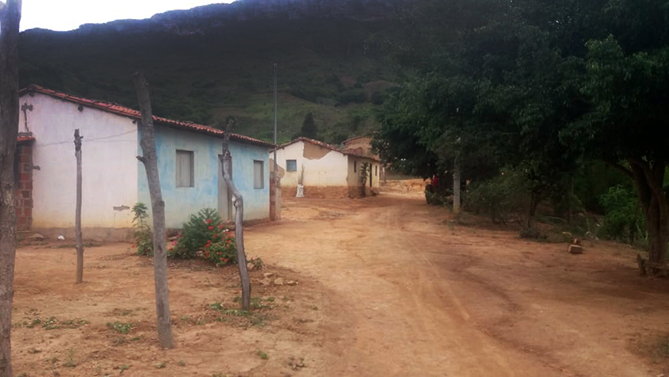CENSUS OF AGRICULTURE
Blacks and browns are the minority heading large agricultural establishments
November 29, 2019 02h00 PM | Last Updated: December 03, 2019 03h35 PM

For the first time, the Census of Agriculture investigated the color or race of the country’s more than 5 million farmers. In 2017, 52.8% were blacks and browns and 45.4% were whites, a rate similar to the population distribution in the country, according the Continuous Household Sample Survey (Continuous PNAD).
Inequality is another similarity. In this case, it reflects in the distribution of agricultural establishments. Among the producers who head the properties with around five hectares, the black and brown population is the majority, with 65% against 32.4% of whites.
As the production area increases, the proportion gets inverted: between five and 50 hectares, the white population is the majority, with 52.4% against 46.3% of blacks and browns. In agriculture establishments with 50 to a thousand hectares, 57.1% are managed by white producers, against 41.5% by black and brown producers.
In the larger areas, the disparity gets bigger. In establishments with a thousand to 10 thousand hectares, the number of white producers triplicates (74.6%) against the number of blacks and browns (23.8%). And finally, the last range se in the survey, for establishments with more than 10 thousand hectares, the proportion is of 79% of white producers against 18.9% of blacks and browns.
Quilombola communities: strong relationship between black people and land
The connection between the blacks and land goes beyond agriculture or livestock for subsistance. The quilombola communities have the territory not only as their economic base, but also as their social and cultural production. The 1988 Constitution grants them the collective territorial rights and recognizes them as part of the traditional peoples and communities. The registers are regulated by the Palmares Foundation.
The Quilombo do Ginete Remnant Community, in Barra da Estiva, Bahia, located at Chapada Diamantina, is one of those territories in which land, culture and economy live in harmony. Through the government program Brasil Quilombola, the community conquered visibility, achieving the official certificate in 2016.
In this territory, a dozen descendants of slaved Africans grows coffee as their main activity, but also banana. Due to the terrain slope and altitude, the Quilombo do Ginete is still not able to grow other cultures. But, with the traditional techniques from former generations, the quilombolas process, roast and grind their own harvested coffee to be traded.
It is a type of livelihood that goes beyond money. “We know the importance of being here. We feel safe in our homeland. Surviving through agriculture means union and family tradition. It is preserving history” says Mr. Gilmar Pereira Alves, the association secretary and general coordinator of the community.



Mr. Alves is also the grandson of the territory founder, who was a farmer descendant of slaved Africans that left, 40 years ago, the area where today is the Quilombola of the Mulungu Community, in the municipality of Boninal, Bahia, also located at Chapada Diamantina. He settled in Ginete trying to escape from drought and famine and make a living on a piece of land for him and his family.
Nowadays, the sons, grandsons and great-grandsons farm in his piece of land, without any conflict. “He was able to buy the land and settle everyone. Today, it would be difficult to share a land and put so many people to produce”, says Mr. Alves.




















